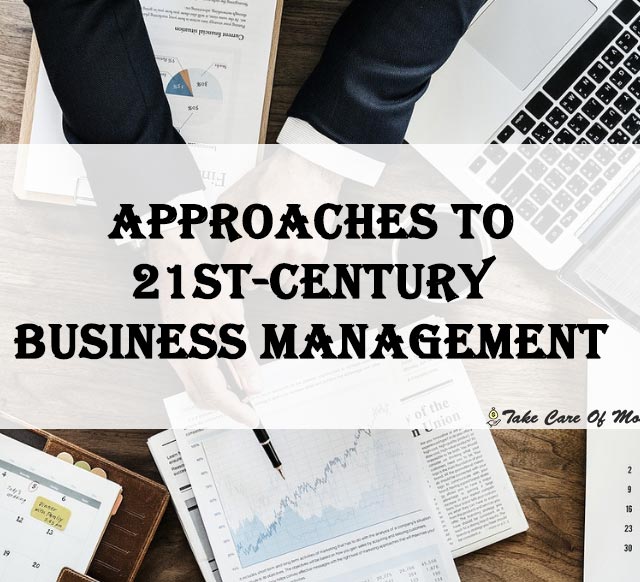Table of Contents
Markets and certain sectors of the industry have been promoting models of Business Management that over time have become trends or that are very close to achieving it. They are called 21st-century models and that add to their credit the tools of internet consolidation and new technologies.
You still don’t know what trends we are talking about? Do you not know the models that are already projected into the immediate future of business management? Quiet, there are many people in the same situation. For them and for you we have made this post.
What is the business address?
Business management is the act of organizing people to achieve the desired goals and objectives of a company. Business management requires the use of the organization’s resources in the most efficient way possible.
It could be said that Business management includes organizing and directing, while it needs good planning and a leader capable of guiding staff, monitor the progress of the work and direct a business effort in order to achieve the objectives set by the organization.
In a for-profit business model, business management focuses on the satisfaction of a variety of stakeholders, including company employees, its employees, shareholders and the general public (consumers). In this sense, the main function of business management is to ensure a benefit (for shareholders) to create valuable and innovative products at a reasonable cost (consumers) and to provide employment opportunities. In a non-profit field, the business management will focus on keep trust of its partners and donors.
What is the function of a company’s address?
Business management operates through a series of functions, typically classified as an organization, personnel, planning, leadership, monitoring, control and motivation. They are defined as follows:
- Planning: this area of business management forecasts what may happen in the future, determines the aspirations of the business in that certain period and, subsequently, generates action plans. Planning is the basis for effective business management. When deciding what should happen next week, next year or over the next five years, a company can develop a strategy to meet the objectives set.
- Organization: This part of business management implements a pattern of relationships among its employees to encourage the optimal use of available resources. The organization is necessary to use the finite resources of the companies and the effective use of the resources is the basis to reach the desired level of productivity.
- Staffing: this business management function focuses on recruiting, analyzing and hiring people to fill jobs appropriate to their qualifications and experience.
- Leadership: Leadership requires that the entity’s executives determine what must be achieved in a situation and which employees are the best to meet those expectations.
- Monitoring / Control: this phase of the pBusiness management process requires entity leaders to supervise Progress in relation to business plans and goals.
- Motivation: a key aspect for the business management model, motivation is a basic function to maximize employment efficiency. By raising morale, employees will carry out their specific tasks effectively.
The business direction of the future, where are we going?
The bulk of the trends that are currently imposed in the area of Business Management It has several denominators in common: the rapid progress of the digitalization process, globalization, multipolarity in international relations and trade and the agility of processes, among others.
Well, described the framework in which we are developing today, it is appropriate to review some of these trends that make a difference in business management issues. Some of you will already know them and have even applied them; others, however, you may find it a novelty. Pay a lot of attention:
The so-called AI is already a reality and it is expected that in the coming years we will know much more advanced states and phases of it, including the development of emotional intelligence by the systems.
The name 4.0 is nothing more than an evolution of the digitalization of business and the inclusion of new technologies within it. One of them is the so-called 3D printing or smart factories.
In a short time everything will be connected and service companies such as telephony and internet will offer new connections between applications, devices, functions and habits that are part of our daily lives.
If you move in the current labour market, you will have already realized that in the companies of the 21st century the physical presence is not necessary for the development of the assigned tasks. A mobile device, a Wi-Fi network and a dose of flexibility and adaptation with the times are enough.
The new context has transformed companies, which are now much more flexible, open and agile. However, the ways in which the economy is understood have also changed. Proof of this is the economies that are based on a collaboration between users with common interests, a tendency that is called to open a route in the coming years.
